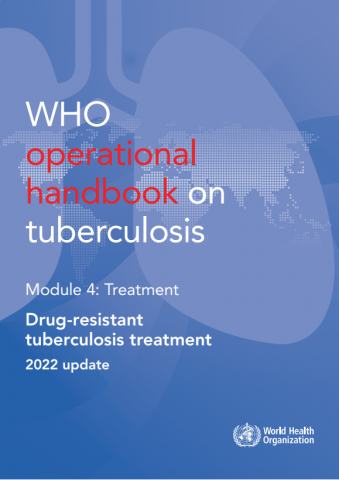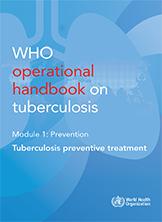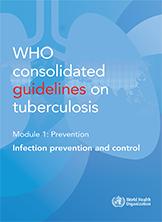WHO_CDS_TB_2020_71_28
The following treatment administration options may be offered to patients on TB treatment:
a) Community- or home-based DOT is recommended over health facility-based DOT or
unsupervised treatment;
b) DOT administered by trained lay providers or health-care workers is recommended over DOT
administered by family members or unsupervised treatment;
c) Video-observed treatment (VOT) may replace DOT when the video communication technology is available, and it can be appropriately organized and operated by health-care providers and patients.


